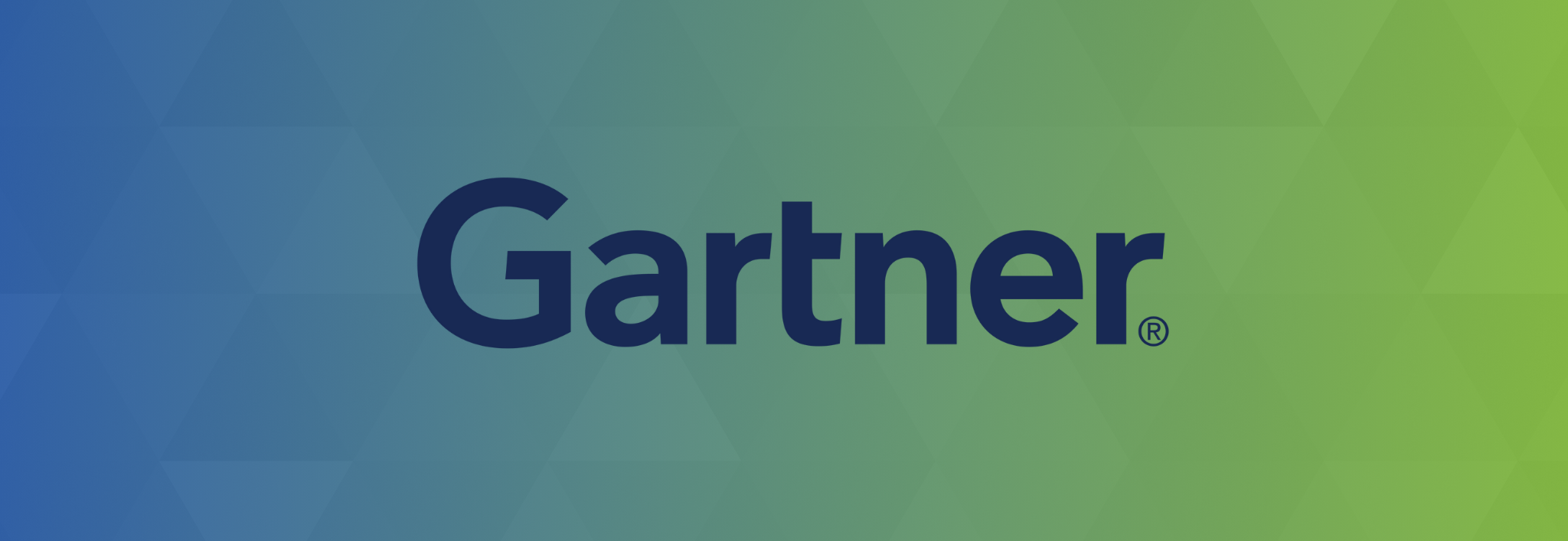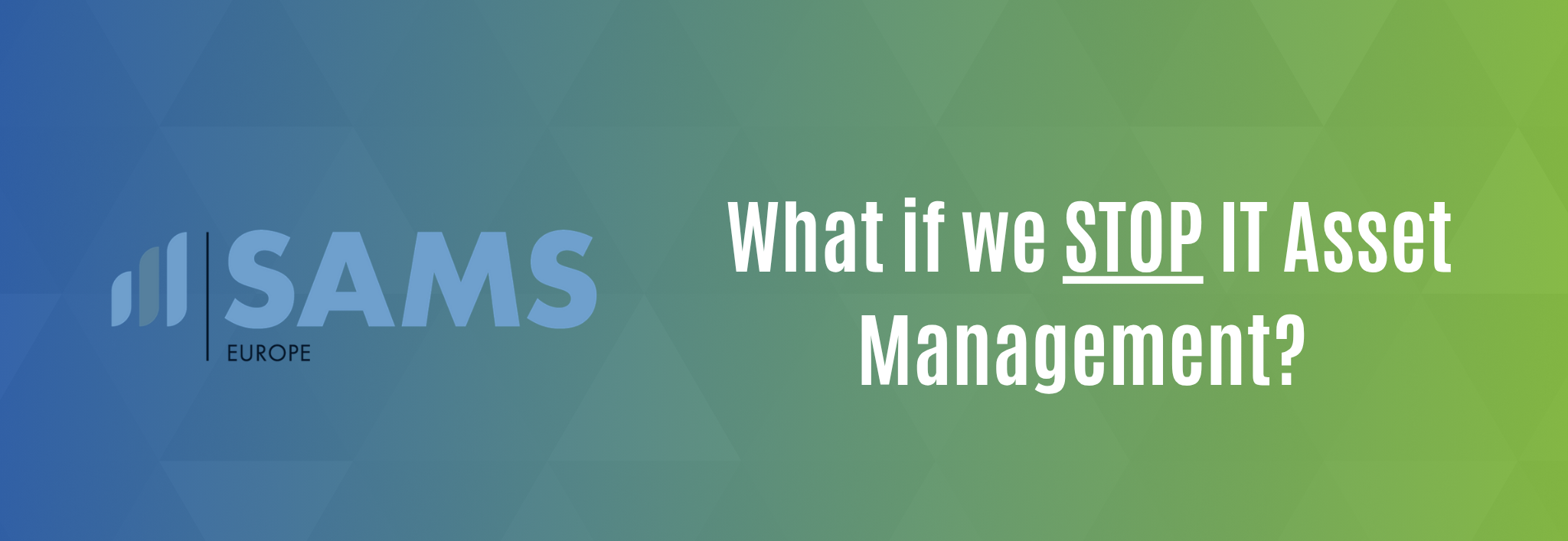Software Asset Management (SAM) has traditionally been viewed as a function focused on compliance, risk mitigation, and transaction management. However, with rapid technological advancements and the growing complexity of software environments, organizations must shift their SAM approach from being reactive and transactional to proactive and strategic.
This document explores the evolution of SAM, highlighting the shift from SAM 1.0—atransactional, compliance-focused approach—to SAM 2.0, a strategic and value-driven model. Using ASML, a leading player in the semiconductor industry, we demonstrate how businesses can transform their SAM functions to not only ensure compliance but also drive cost optimization, financial transparency, and strategic value aligned with broader organizational goals.
Traditional SAM Approach
The traditional SAM approach (SAM 1.0) has been focused primarily on managing risk and ensuring compliance with software licensing agreements. The scope of traditional SAM covers:
• License Tracking: Managing software licenses to ensure compliance.
• Inventory Management: Keeping track of software installations and versions.
• Auditing: Ensuring that software usage aligns with licensing agreements.
• Cost Control: Preventing overspending on unnecessary licenses.
While effective in maintaining compliance, traditional SAM faces several challenges:
• Lack of Automation: Manual tracking and processes lead to inefficiencies.
• Complex Licensing Models: Managing increasingly complex licensing agreements is time-consuming and prone to errors.
• Limited Visibility: Difficulty in gaining a holistic view of software usage and assets.
• Risk of Non-Compliance: Failure to keep up with changing software usage may result in costly penalties.
The Need for Transformation
The need for transformation in SAM arises from both external market changes and internal organizational shifts:
• AI & Automation: Advances in artificial intelligence (AI) and automation are reshaping the way businesses operate, making traditional, manual SAM practices less effective.
• Digital Transformation: The shift toward digital and cloud environments increases the complexity of software asset management.
• Strategic Business Needs: Organizations are under pressure to reduce costs, increase agility, and drive innovation, making a strategic SAM function more valuable.
For ASML, the demand for a more proactive and strategic SAM function became critical as the company’s software environment grew increasingly complex. To stay ahead, ASML recognized the need for SAM to evolve from a compliance-focused role to a strategic enabler that optimizes software spend and supports broader business objectives.
The Future of SAM: SAM 1.0 vs. SAM 2.0
The future of Software Asset Management (SAM) represents a shift from the SAM 1.0 approach, which is transactional and compliance-focused, to the more strategic and value-driven SAM 2.0 model. SAM 1.0 is largely risk-driven, where the primary focus is on managing and mitigating risks related to software licensing compliance. It tends to be reactive, addressing issues as they arise, such as audits or compliance violations. SAM 1.0 is typically managed by a License Management (LM) Department, and relies heavily on expert-driven knowledge to ensure that software assets are being tracked and used within the boundaries of licensing agreements. The approach is transaction-focused, with the emphasis on specific tasks like purchasing, renewing, and tracking software licenses. Furthermore, SAM 1.0 is tool-oriented, often relying on specialized software to manage assets, with less focus on broader strategic integration within the organization.
In contrast, SAM 2.0 is risk, cost, and value-driven, evolving from a simple compliance function to one that optimizes the financial aspects of software usage while driving greater value for the organization. It takes a proactive approach, anticipating issues before they arise and continuously optimizing the software portfolio. Rather than being handled by a single department, SAM 2.0 is supported by a multidisciplinary team that includes members from various departments such as IT, procurement, legal, and finance. This collaborative, cross-functional approach enables a deeper understanding of both the risks and the opportunities associated with software assets. SAM 2.0 moves beyond a transaction-focused mindset to one that views software management through the lens of the entire lifecycle, from procurement to disposal. The goal is not just compliance but achieving cost efficiency, supporting innovation, and aligning software management with the broader business objectives. Furthermore,
SAM 2.0 adopts a people, process, and tool-oriented framework, ensuring that the right team is inplace, the right processes are designed for continuous optimization, and the best tools are used to provide real-time insights into software usage and spending. In summary, while SAM 1.0 focuses on managing risk and ensuring compliance in a reactive, siloed manner, SAM 2.0 is a proactive, value-driven approach that integrates people, processes, and technology to optimize costs, mitigate risks, and support broader organizational goals. ASML’s transition to SAM 2.0 exemplifies how organizations can unlock the strategic potential of their software assets to drive business success.
Key Steps for Transformational SAM The transformation from SAM 1.0 to SAM 2.0 requires a series of deliberate steps:
1. Executive-Level Sponsorship: Executive support is crucial for the success of SAM transformation. Senior leaders must champion SAM as a strategic function, ensuring alignment with overall business goals and securing the necessary resources.
2. Align SAM Vision with Company’s Strategic Objectives: SAM should be aligned with the company’s goals, such as cost reduction, operational efficiency, and supporting digital transformation. This ensures that SAM contributes directly to organizational success.
3. Holistic Approach: People, Process, Tool: A comprehensive approach to SAM ensures that all aspects—people, processes, and tools—are optimized. This involves building a multidisciplinary team, designing streamlined processes, and implementing the right tools to support proactive decision-making.
4. Communicate the Importance and Impact SAM Has on the Organization: Effective communication is key to gaining buy-in across the organization. SAM should be positioned as a strategic asset that contributes to financial transparency, software optimization, and risk management, ensuring that stakeholders understand its value.
ASML’s Insights on SAM 2.0: What It Meant for ASML
The shift to SAM 2.0 significantly enhanced ASML’s software asset management, providing global coverage across all legal entities and aligning SAM with business needs through 11 business-facing portfolios. This centralized approach improved efficiency, supporting 60,000 users and enabling better decision-making through data-driven insights. ASML saw notable financial benefits, including €21 million in cost avoidances and optimizations in 2023, while maintaining a low Maverick Buying rate of 0.6%. SAM also played a key role in strategic initiatives such as M&A support and managing floating licenses, contributing directly to the company’s growth and business objectives.
Conclusion
The transformation of Software Asset Management (SAM) from a transactional, compliance- driven function to a proactive, strategic role (SAM 2.0) is essential for organizations looking to thrive in today’s complex and fast-moving technological landscape. By gaining executive sponsorship, aligning SAM with business objectives, taking a holistic approach, and communicating its strategic value, organizations can unlock significant benefits in cost optimization, risk mitigation, and operational efficiency.
As demonstrated through ASML’s journey, this transformation is not only necessary but also achievable, ensuring that SAM evolves into a crucial driver of organizational success and digital transformation.








